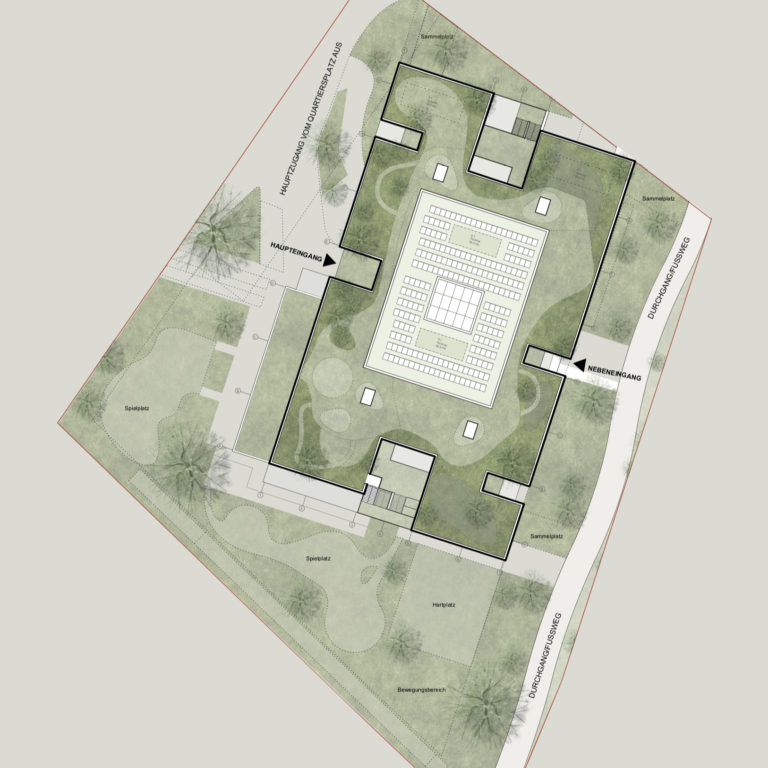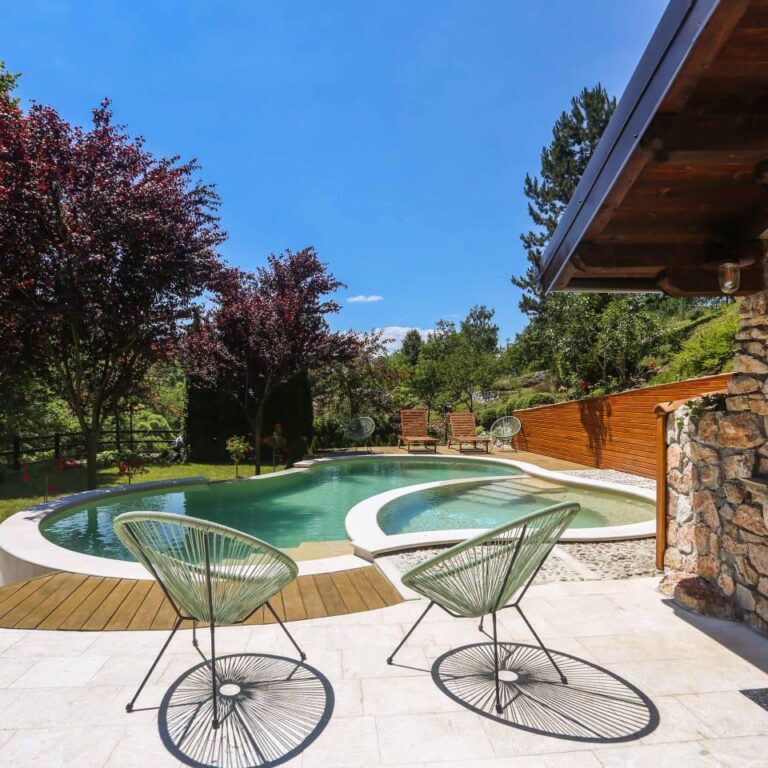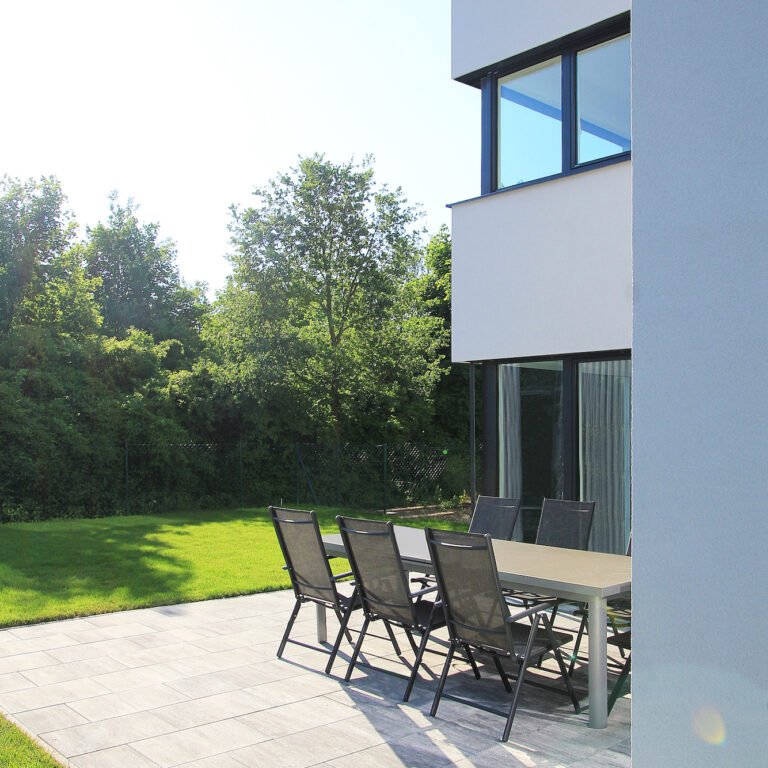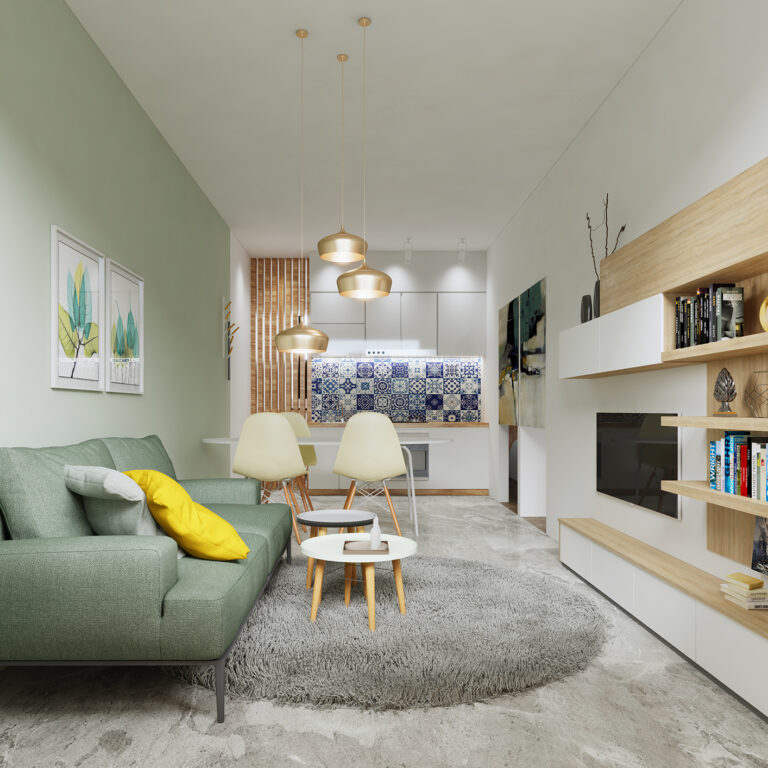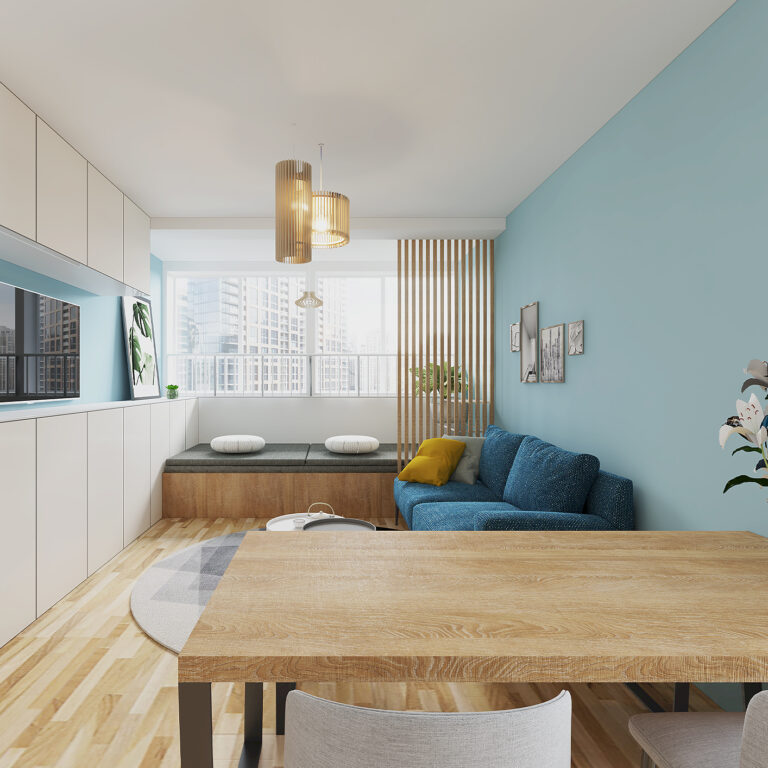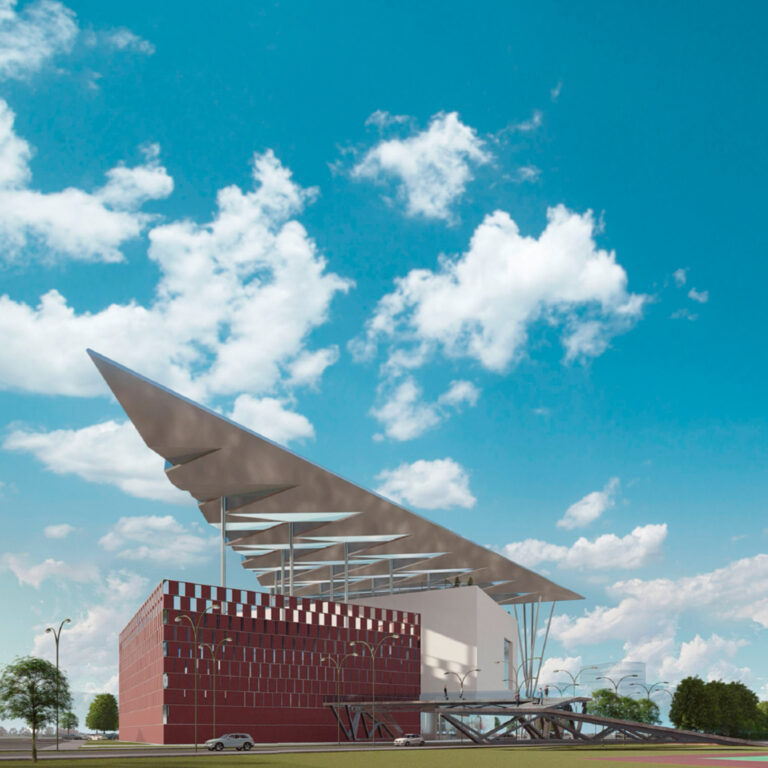
Robert Tomić | © TOMIĆ HAN ZT 2024
Lifestyle Design: How Architecture Shapes Everyday Experiences
We design spaces for people, filled with emotions and elements that define us. Personalised spaces reflect the individuality of their users. Initial workshops and discussions are vital, allowing us to deeply understand end user needs and the purpose of the future spaces. This comprehensive approach ensures every detail enhances the living environment, aligning with our philosophy of thoughtful, user-centered architecture. The result is a harmonious blend of function and beauty, creating spaces that truly resonate with those who inhabit them.
An architect's imagination can be electric, but understanding the end user is more challenging. Designing for others means stepping into their shoes, thinking like them, and using our expertise to channel their visions. It's our responsibility to help clients achieve their aspirations and bring out the best in their ideas.
Robert Tomić
We emphasise the importance of collaboration and communication throughout the design process. By listening to end users and incorporating their feedback, we create spaces for our clients that are not only aesthetically pleasing but also highly functional and tailored. This end-user-focused methodology ensures that the end result is a space that truly enhances everyday usage of future user.
Our commitment to sustainability goes hand-in-hand with our design philosophy. By integrating nature friendly materials and efficient solutions, we create environments that are not only beautiful but also responsible and forward-thinking. This holistic approach not only benefits our clients but also contributes to a healthier planet that we care to protect.
Are you ready to transform your living environment? Let’s discuss how we can bring your vision to life. Contact us for a personalised consultation and discover how thoughtful architecture can shape everyday experiences.
We will support you from the initial idea through to the project’s completion. Let us help you create a space that reflects your individuality and enhances your everyday experiences. Discover how thoughtful architecture can transform your environment.
#LifestyleDesign #Architecture #UserCenteredDesign #TomicHan
Thank you for reading so far! 😊 If you like our content and would like to follow us, please visit our website 🌐 www.tomic-han.com and follow us on Instagram 📸, LinkedIn 💼, and YouTube 🎥.
projects
[Projekte]
- All
- commercial
- family house
- interior design
- landscape design
- public
- residential
- school
- urban design


